SCS Blog
Recent SCS Blogs
The Treatment of Atrial Fibrillation with Parylene-Protected Pulsed Field Ablation Devices
The human heart beats somewhere around 100,000 times a day and generally does so with amazing reliability. The workings of the cardiac conduction system, the special electrical system of the heart that causes its various portions to contract in a top-to-bottom rhythm, enable the heart to pump blood throughout the entire body1. For each heartbeat,... Read More >>
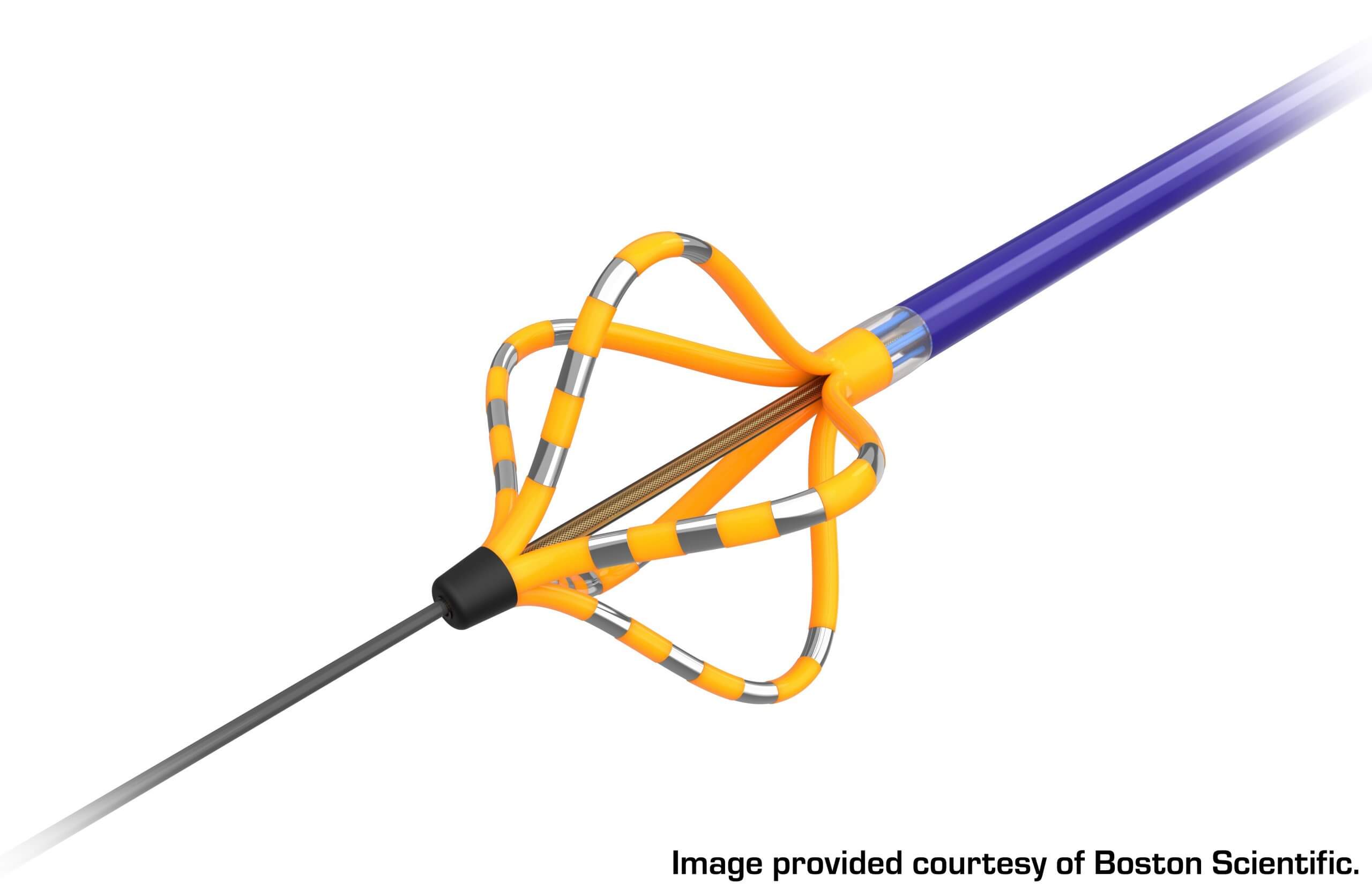
Navigating Conformal Coating Removal: Methods and Materials
Conformal coatings safeguard electronic components from environmental hazards, including exposure to moisture, chemicals and other contaminants. However, there may come a time when a protective coating must be removed for repairs or modifications to the component. Liquid conformal coatings such as acrylics, silicones or urethane are often utilized when frequent rework or board repairs are... Read More >>

SCS PrecisionCoat Machine Configurations Meet Diverse Application Requirements
The SCS PrecisionCoat VI selective conformal coating and dispense system is a fully programmable, multi-purpose system that offers unparalleled programming for efficiency in automated material applications. This robust and highly flexible platform allows manufacturers to precisely apply a wide range of materials, including solid as well as solvent- and water-based coatings. The PrecisionCoat VI can... Read More >>
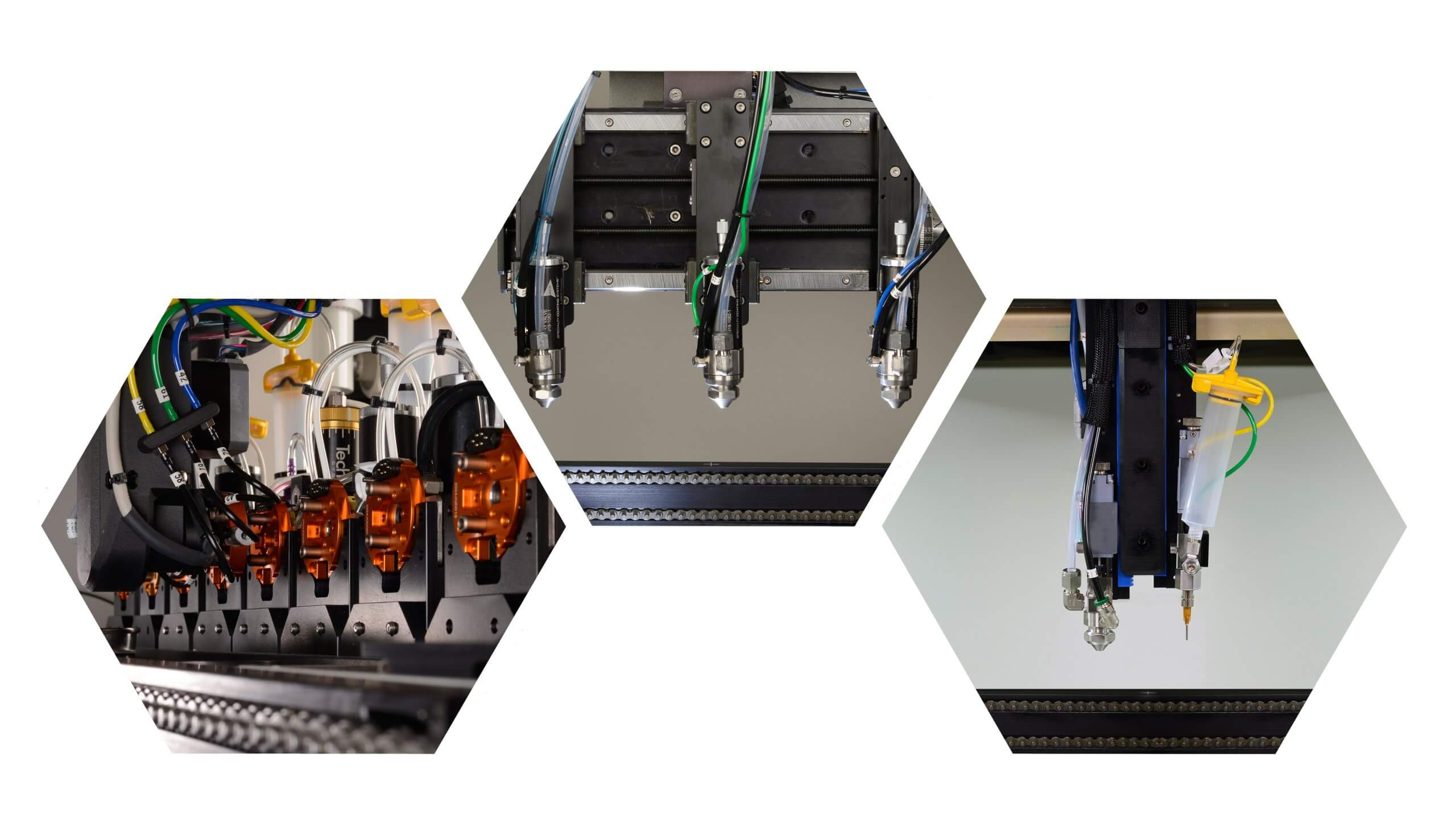
Electric Vehicle Charging Station Reliability – How to Meet Uptime Requirements
The average uptime of electric vehicle (EV) charging stations, an essential metric for assessing the reliability of EV infrastructure, has become a focal point for both users and operators. A recent study analyzed the performance of chargers across various networks, revealing a notable discrepancy between claimed and actual uptimes. While EV service providers (EVSPs) often... Read More >>

SCS’ Amherst Facility Achieves Nadcap® Accreditation
SCS’ Amherst, New Hampshire, coating facility has achieved Nadcap® accreditation for conformal coating of electronics – printed board assemblies. This prestigious accreditation reaffirms SCS’s commitment to meeting the highest standards of quality and reliability in the industry. Nadcap (National Aerospace and Defense Contractors Accreditation Program) is a globally recognized program that sets rigorous standards and... Read More >>
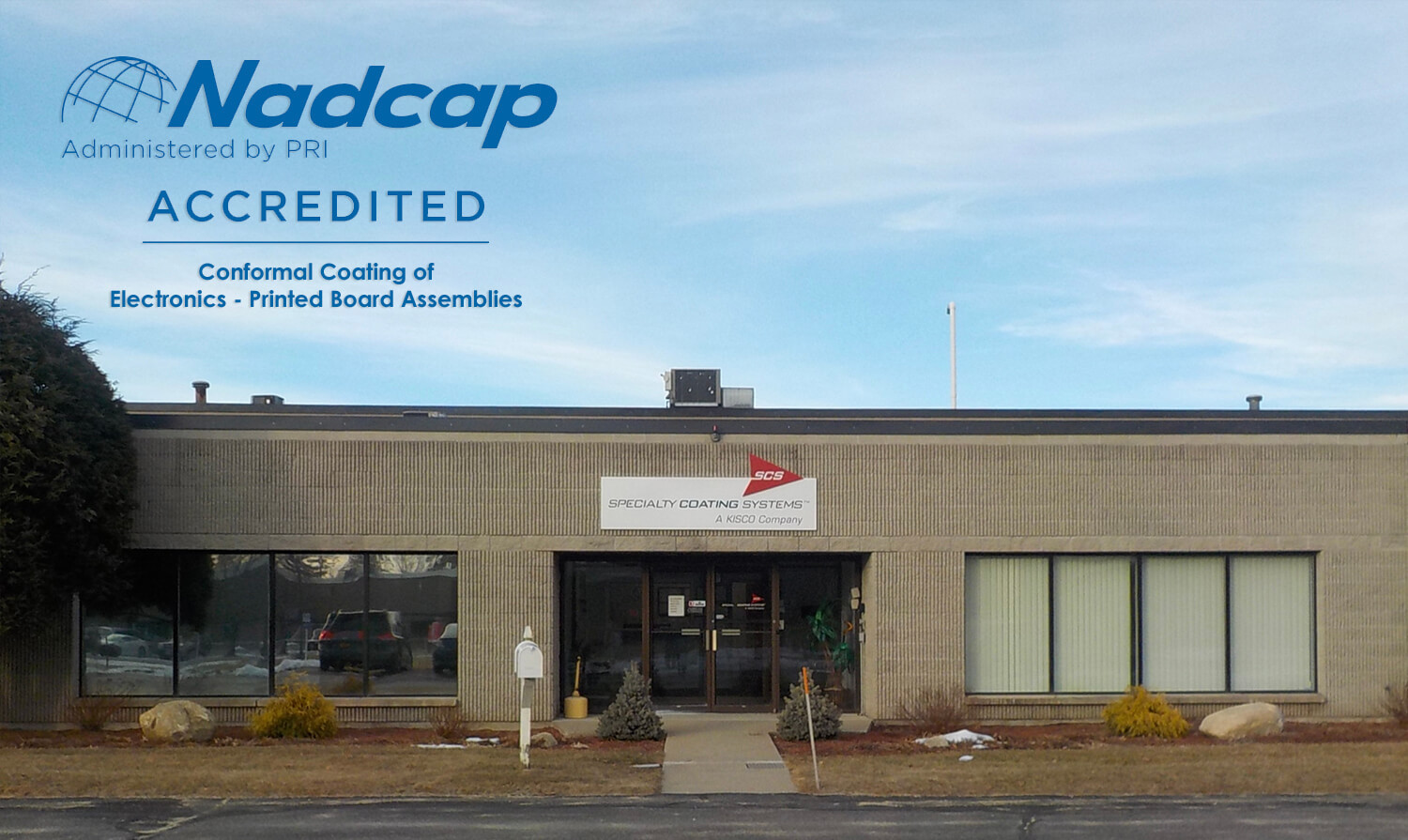
SCS to Showcase Coating, Ionic Contamination and New Conveyor Technologies at IPC APEX EXPO
SCS announced plans to exhibit at the IPC APEX EXPO, scheduled to take place April 9-11, 2024, at the Anaheim Convention Center. SCS is showcasing its comprehensive portfolio of coatings including, Parylene, liquid, plasma, ALD and multilayer coatings as well as the PrecisionCoat VI, Ionograph® SMD V and PrecisionAdvance systems in Booth #4212. SCS is... Read More >>

SCS PrecisionCoat VI Material Applications: Underfill and Potting
The SCS PrecisionCoat VI selective conformal coating and dispense system is a fully programmable, multi-purpose system that offers unparalleled programming for automated material applications. In addition to coating application, the PrecisionCoat’s multi-valve technologies enable the application of underfill materials, and its potting platform automates the potting process to increase production accuracy and efficiency. Underfill and potting are both... Read More >>
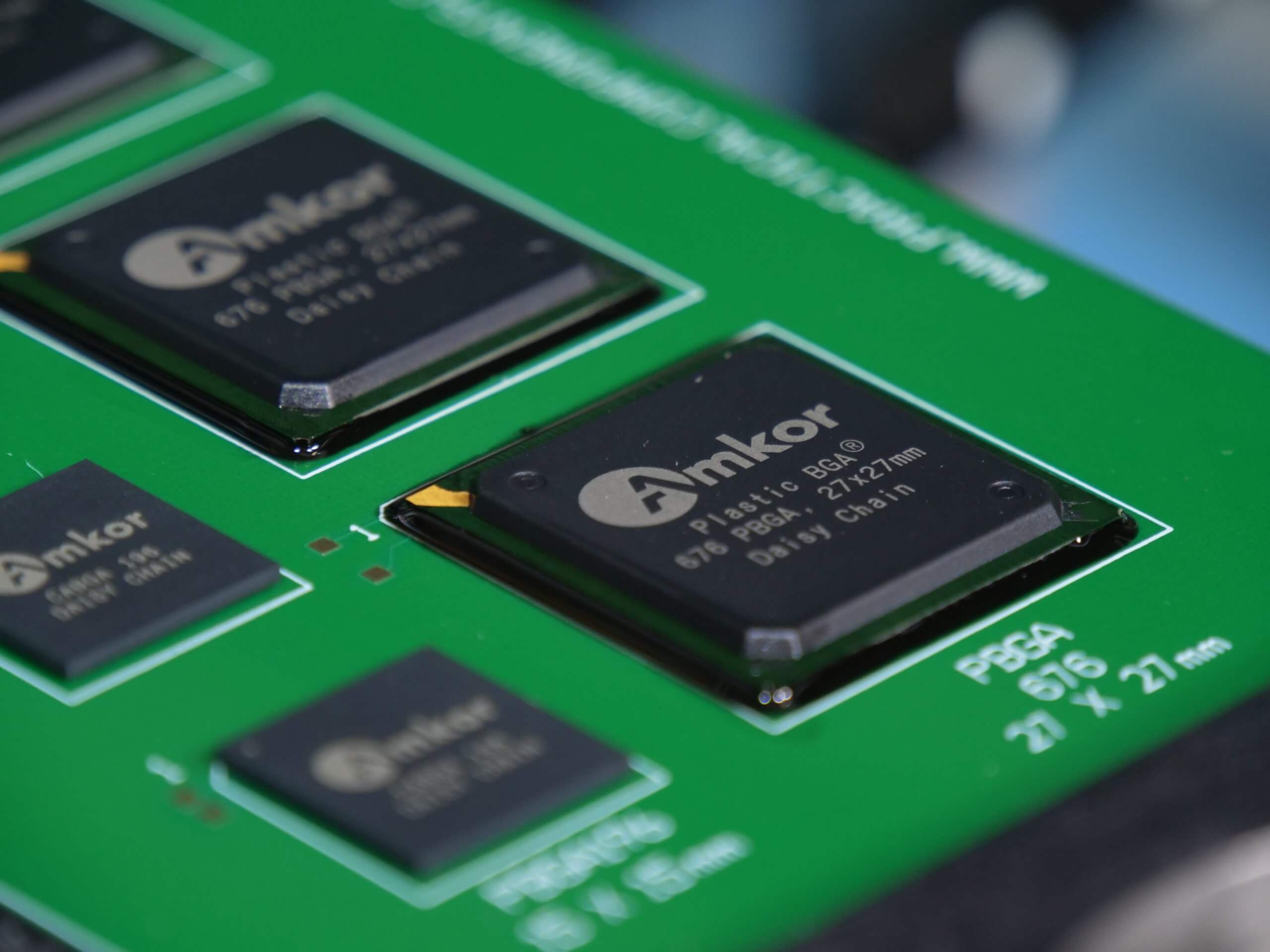
Conformal Coatings Enhance Coil Winding Designs
With the evolution of e-mobility, medical electronics and electric motors, the demand for advanced coil winding designs is growing. The manufacture of these windings can be broken down into three distinct phases: pre-winding, winding and post-winding. Each phase presents different challenges that can impact the robustness and longevity of the application’s design. To protect and... Read More >>
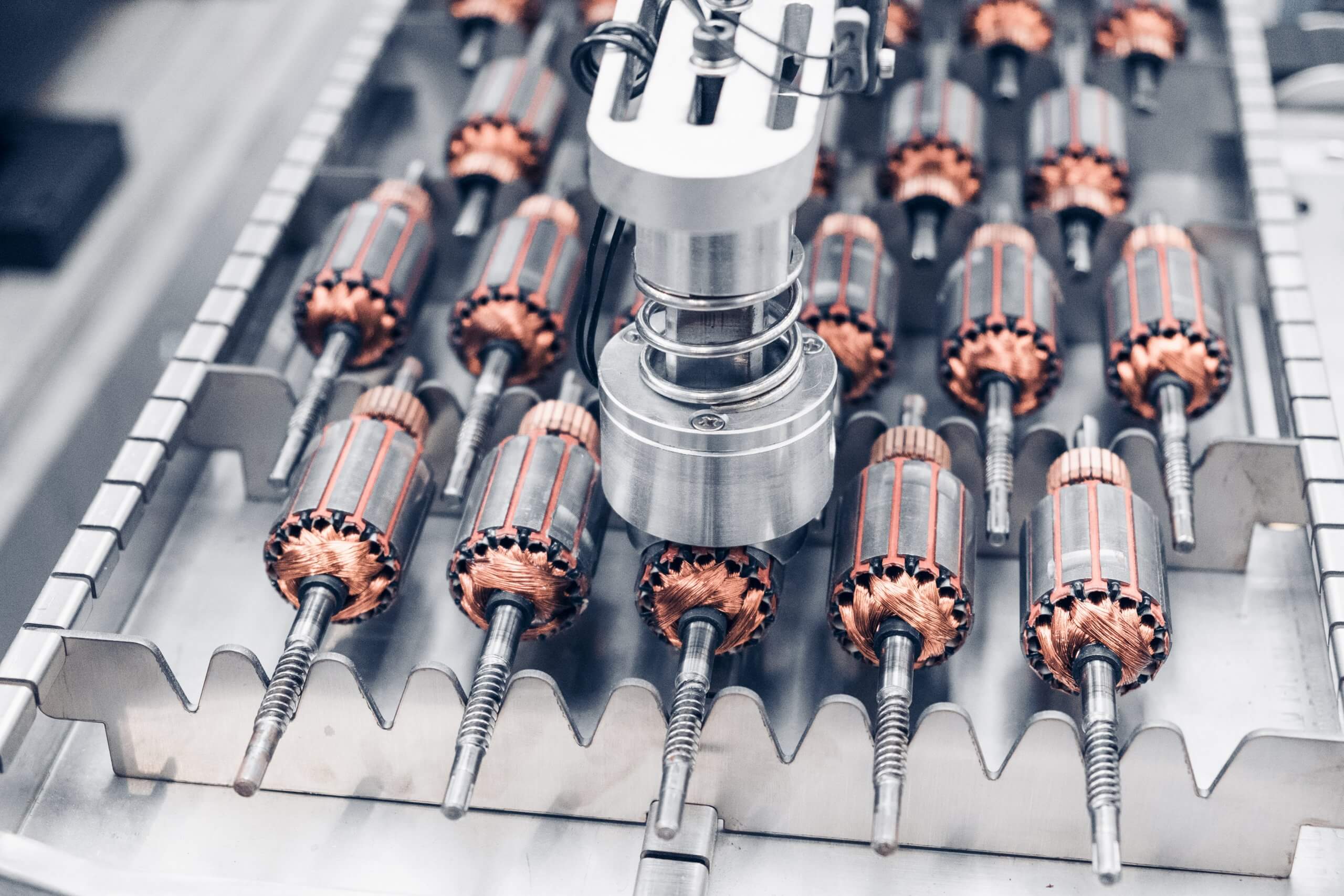
SCS Introduces New Conveyor System for Conformal Coating Process Control
SCS is pleased to introduce its new conveyor system, PrecisionAdvance. The conveyor system provides exceptional product handling and efficient process step integration often associated with conformal coating processes. PrecisionAdvance conveyors can fully integrate with the SCS PrecisionCoat and PrecisionCure systems to provide a comprehensive solution, enabling line management and automating and streamlining the movement of... Read More >>
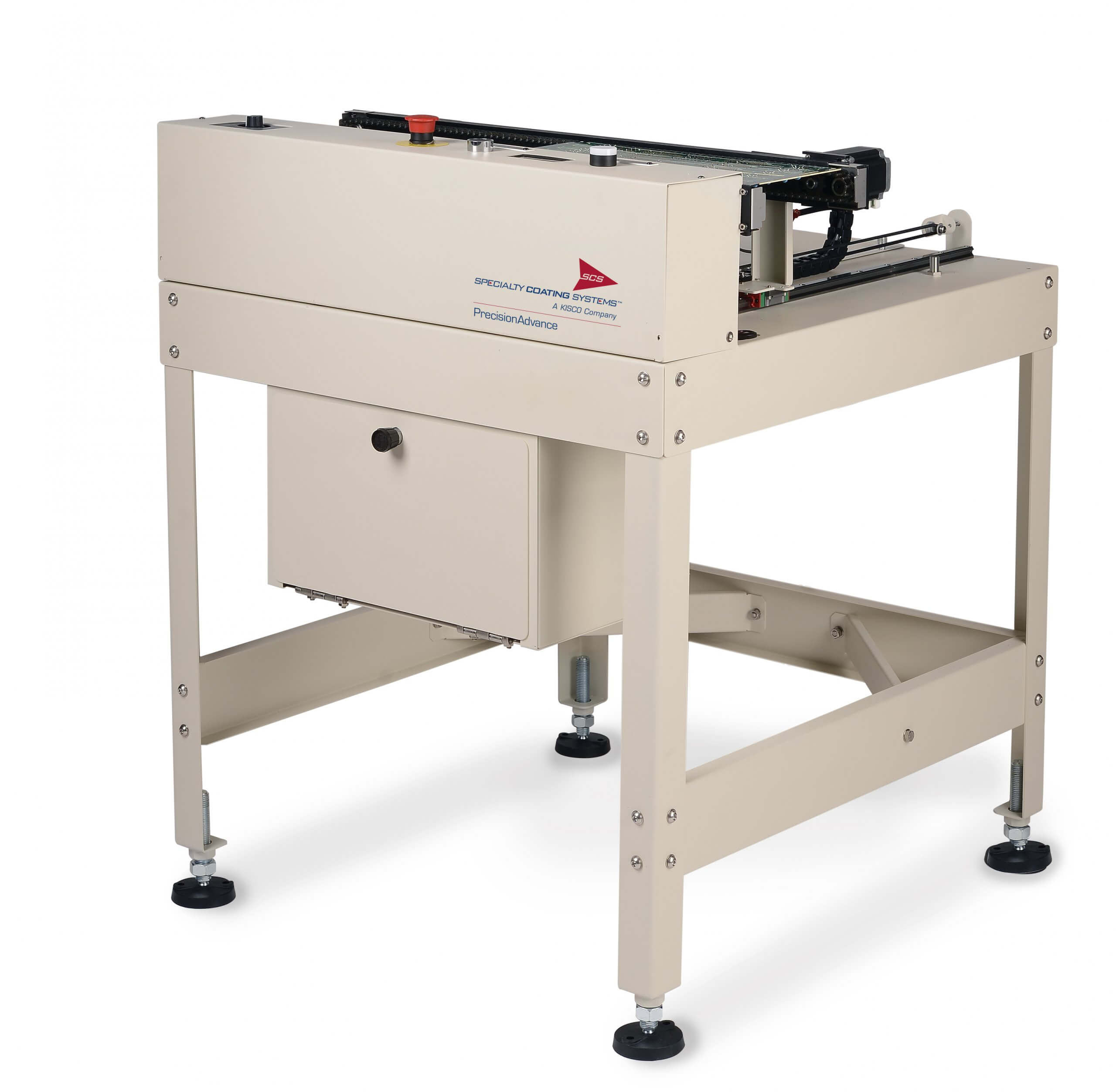
Low Outgassing Conformal Coatings Protect Critical Space Electronics
Electronics are critical components of satellites, spacecraft and other extraterrestrial exploration equipment that must operate reliably in the extreme conditions of space. Often, traditional protection methods are inadequate as the harsh operating environment in space creates significant challenges for electronic systems, including extreme temperature cycling, electrical shorts and outgassing. Conformal coatings provide a necessary barrier... Read More >>


